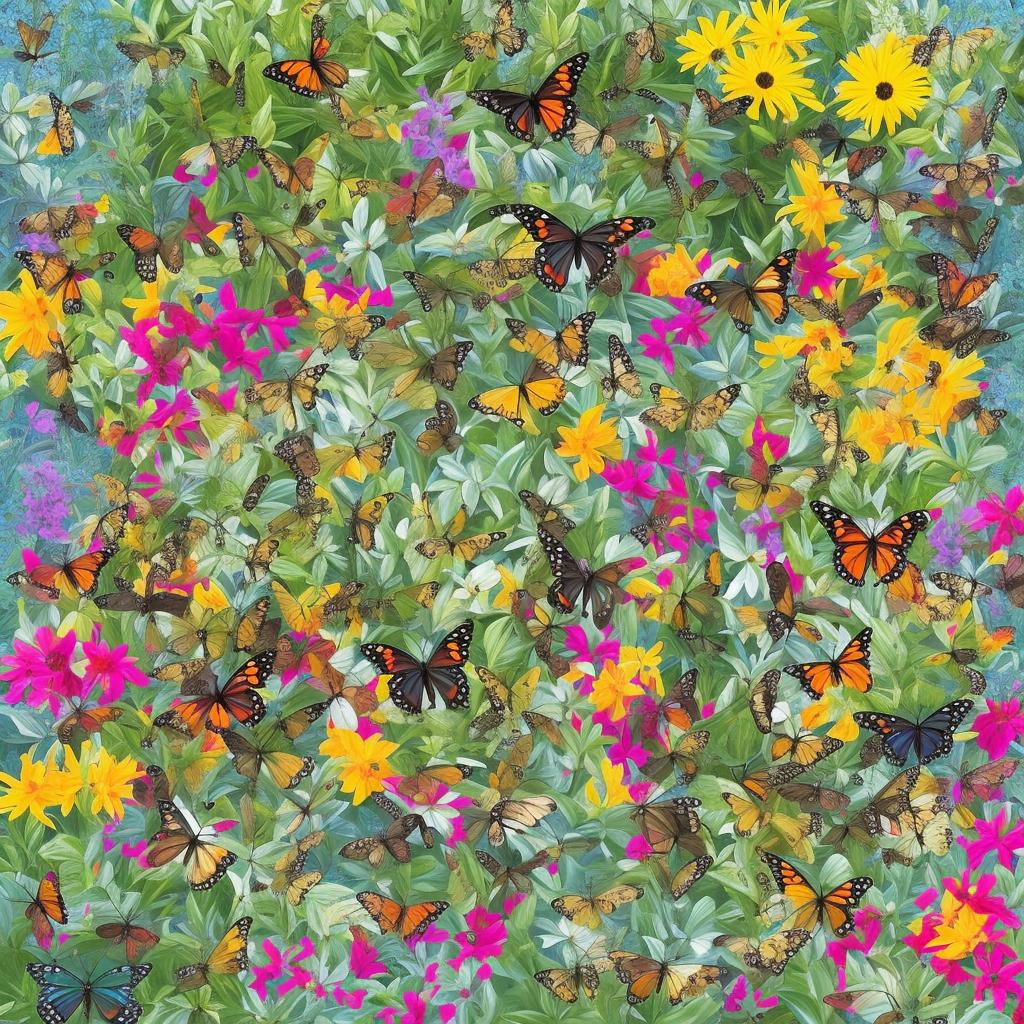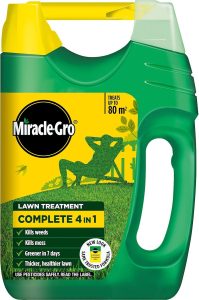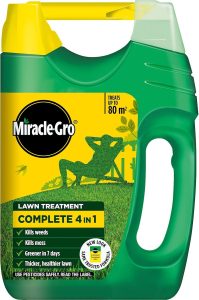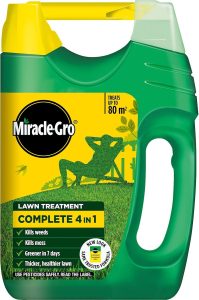In a world where pollinator populations are on the decline, creating a garden specifically tailored to attract bees, butterflies, and hummingbirds is not only a beautiful way to enhance your outdoor space, but also a vital step towards supporting these essential creatures. By selecting the right plants, you can create a vibrant and thriving pollinator oasis right in your own backyard. Join us as we explore the diverse array of plant species that will help you bring life and energy to your garden while simultaneously providing crucial support to our pollinator friends.
Selecting the Perfect Plants for a Pollinator Garden
When creating a pollinator garden, it’s important to select the perfect plants that will attract bees, butterflies, and hummingbirds to your outdoor space. These crucial pollinators play a vital role in the ecosystem, helping to pollinate plants and ensure their survival. By choosing the right variety of flowers and shrubs, you can provide a diverse and vibrant habitat that will support a thriving pollinator population.
**Some plants that are perfect for a pollinator garden include:**
- Lavender
- Butterfly Bush
- Bee Balm
- Coneflower
- Salvia
Creating a Year-Round Blooming Schedule to Attract Pollinators
requires careful planning and consideration of the needs of bees, butterflies, and hummingbirds. By selecting a variety of plants that bloom at different times throughout the year, you can create a continuous food source for these important pollinators. Bees, for example, are attracted to plants with bright colors and sweet nectar, while butterflies prefer plants with flat, open blooms that make it easy for them to access the nectar. Hummingbirds, on the other hand, are drawn to tubular flowers that hold plenty of nectar.
When designing your pollinator garden, consider incorporating a mix of annuals and perennials to ensure that there is always something in bloom. Some plants to consider include bee balm, coneflowers, and lavender for bees, milkweed, zinnias, and verbena for butterflies, and salvia, penstemon, and trumpet vine for hummingbirds. By creating a diverse and colorful garden that blooms year-round, you can attract a wide variety of pollinators and help support their populations in your area.
Tips for Providing Shelter and Water Sources in Your Pollinator Garden
When creating a pollinator garden, it is important to provide shelter and water sources for bees, butterflies, and hummingbirds. To attract these beneficial pollinators to your garden, consider the following tips:
**Shelter:**
- Plant shrubs and trees that provide nesting sites and protection from predators.
- Add birdhouses or bee hotels to create additional shelter options for pollinators.
- Include rocks or logs for insects to hide under and seek shelter.
Water Sources:
- Place shallow dishes filled with water in your garden for butterflies and bees to drink from.
- Consider adding a small birdbath or fountain to provide a water source for hummingbirds.
- Make sure to keep water sources clean and filled to ensure pollinators have access to fresh water.
Key Considerations for Maintaining a Healthy and Vibrant Pollinator Habitat
When creating a pollinator garden, it is important to choose plants that will attract and support bees, butterflies, and hummingbirds. These pollinators play a crucial role in our ecosystem, helping to pollinate plants and produce the food we eat. By selecting the right plants, you can create a vibrant habitat that will not only benefit these pollinators but also add beauty to your garden.
Some include:
- Diversity of Plants: Plant a variety of flowers that bloom at different times throughout the year to provide food for pollinators consistently.
- Native Plants: Choose native plants that are well-suited to your region and require less maintenance.
- Shelter: Include shrubs and trees in your garden to provide shelter and nesting spots for pollinators.
- Water Source: Ensure there is a water source, such as a shallow dish with rocks for bees to drink from.
In Summary
As you embark on the journey of creating a pollinator garden, remember the vital role that bees, butterflies, and hummingbirds play in our ecosystem. By selecting the right plants and flowers, you can attract these important pollinators to your garden and help support their populations. With a little bit of planning and care, you can create a beautiful and thriving habitat for these essential creatures. So roll up your sleeves, get your hands dirty, and watch as your garden comes alive with the buzzing of bees, the fluttering of butterflies, and the gentle hum of hummingbirds. Together, we can make a difference in protecting our precious pollinators. Happy gardening!




